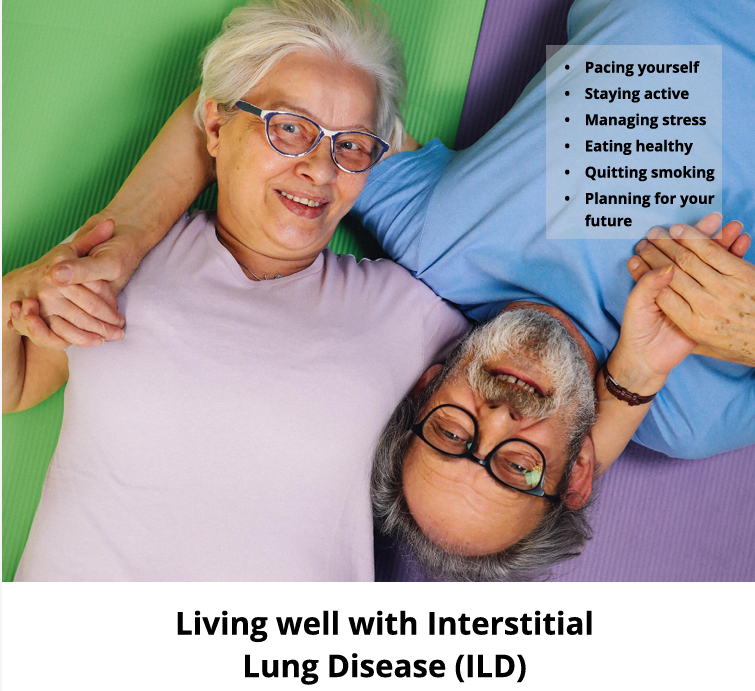Innovation
The document integrates comprehensive lifestyle guidance specifically tailored for ILD patients, combining physical activity, nutrition, stress management, and future planning. It highlights the use of the Plate Method for balanced diet, various exercise regimens including aerobic, strength-building, and stretching exercises, and specific breathing techniques like pursed-lip and belly breathing to manage symptoms and improve quality of life.
Evaluation System
Evaluation systems mentioned include monitoring oxygen levels during exercise, and various tests and metrics like lung function tests, Six-Minute Walk Test, and Pulse Oximetry. These evaluations help ensure that patients engage in safe levels of physical activity and track their progress over time.
Assessment
The guidance from certified pulmonary rehabilitation specialists plays a crucial role in helping patients accurately assess improvements in lung function and overall health. This evaluative component, alongside personalized training plans, ensures that patients can effectively monitor their development and make informed decisions about their self-care routines.








